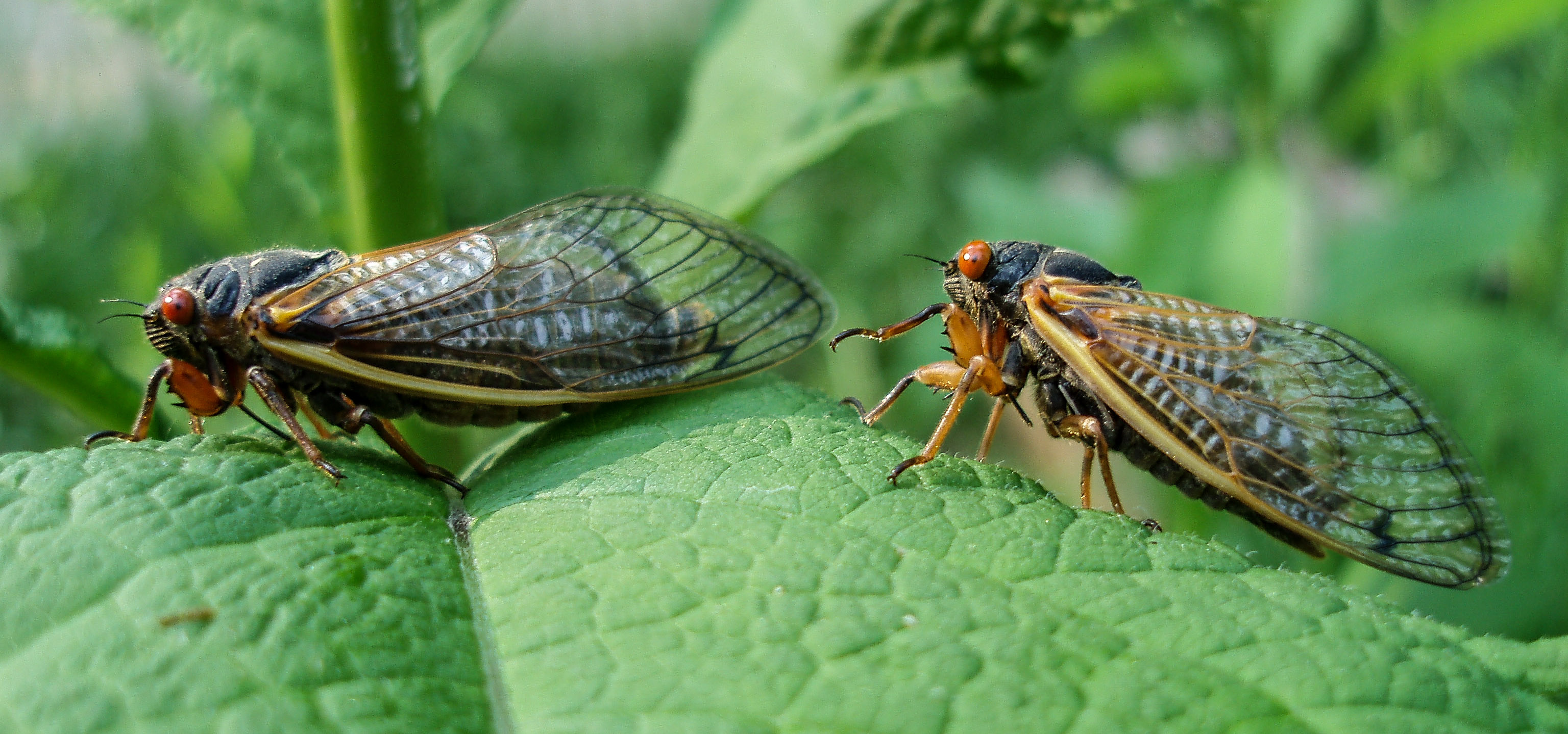With the increased risk of diseases due to pests and control options like chemicals and pesticides, the control strategies have undergone some positive transformative changes, from the use of harmful chemicals to eco-friendly chemicals that eliminate pests and do not harm human health. Apart from being eco-friendly, the advancements made in controlling strategies have made them more efficient and targeted to prevent affecting any other part where it is not needed.
Whether you want to protect your furniture and house structures from termites or want to reduce the risk of diseases by eliminating contaminating pests, modern technology in pest control has solutions for all of it. Saela Pest Control offers advanced equipment and professional aid to control pests. What are all the technological inventions done in pest control that protect our health and also remove this nuisance from our home? Read this article to learn more.
The following are some examples of technological advancements in pest control:
- Smart Pest Monitoring
By putting a system in places where we know there is a significant chance of infestation, it uses a gadget with sensors and cameras that provide information on their activities to understand their habitat. Their movement, heat, and pheromones will all be recorded by these devices. All of the data will be gathered at the same time and forwarded to the pest control firm, keeping an eye on it.
A unified approach will enable them to identify insect issues early on. Planning a focused strategy and removing them before they cause more issues with environmentally friendly methods can help to protect your health.
- Utilizing Drone Technology
Drone technology is utilized for large-scale pest management, such as in agricultural or field operations. In regions that are difficult to access by hand, the drones will be able to identify insect nests more easily because to their thermal imaging capabilities. They can spray insecticides even in locations that are hard for people to get to after seeing their nests around the region.
They will complete the task effectively and precisely, and this procedure will limit exposure to toxins. Additionally, they will gather information about their movements, which will enable the pest control expert to create a customized strategy.
- Sustainable Pest Management Solutions
In addition to raising the danger of health problems for people, using pesticides to get rid of pests is also harming the ecosystem. Furthermore, as knowledge of the issue grows, pest treatment businesses are failing to develop methods that both solve the issue and protect the environment.
These are the methods that the Integrated Pest Management System has introduced, such as eliminating the infested pest by using its natural enemies and predators and using plan-friendly insecticides due to its sole derived ingredients. Heat treatment is a chemical-free technique that uses high temperatures to eradicate pests, such as termites and bugs.
- Making Use of Genetic Modification
Through RNA interference, DNA removal, modification, or insertion, this biotechnology technique modifies the genes of a particular organism. By interfering with their mating habits, this technique aids in slowing the expansion of some species. It will efficiently defend your home and fields without the need for pesticides because there will not be as much infestation if the population does not develop. Despite the fact that this research is still in its early phases, scientists think this could be a viable pest management solution.
- The application of ultrasonic insect repellents
This technique uses high-frequency sound waves that are inaudible to humans but that, when emitted, will disrupt pests, including mosquitoes, rats, and cockroaches. It is a chemical-free solution that is safe for kids and dogs, has features that are simple to install, and tackles a range of pests. To completely eradicate them, you should seek professional assistance as these are not a comprehensive remedy.







